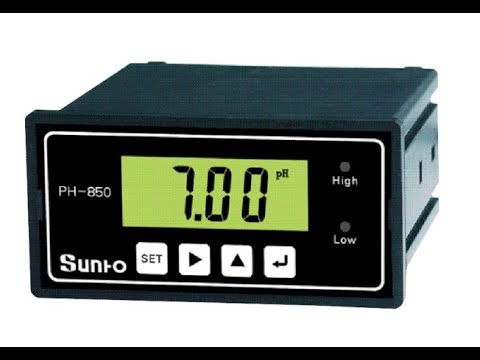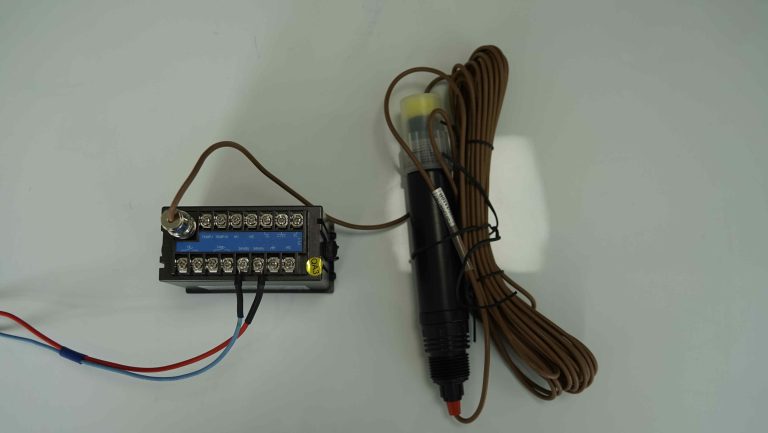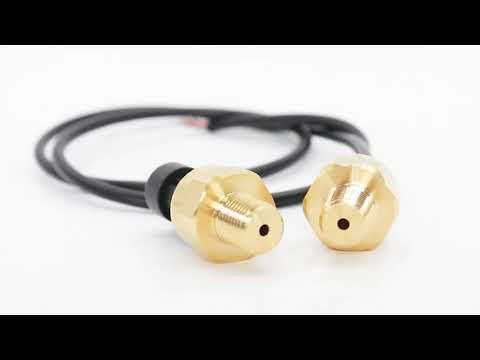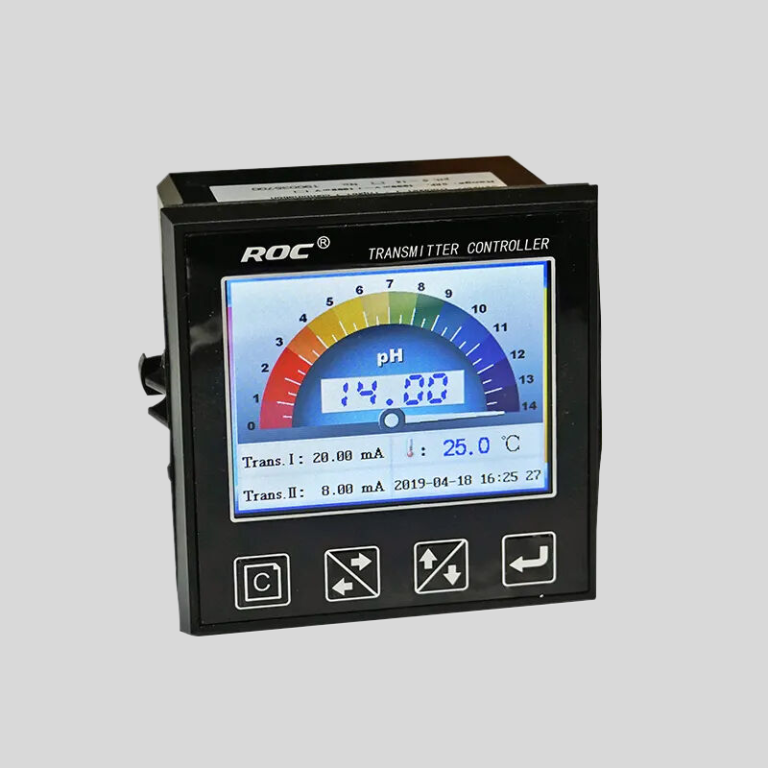Table of Contents
Testing Tap Water for Lead: What You Need to Know
Lead contamination in tap water is a serious issue that can have detrimental effects on human health. Lead is a toxic metal that can cause a range of health problems, especially in children and pregnant women. Ingesting lead can lead to developmental delays, learning disabilities, and other serious health issues. That’s why it’s important to test tap water for lead to ensure that it is safe to drink.
There are several ways to test tap water for lead. One option is to purchase a lead testing kit from a hardware store or online retailer. These kits typically come with instructions on how to collect a water sample and test it for lead. Another option is to contact your local water utility or health department to request a lead test. They may be able to provide you with a free or low-cost testing kit, or they may offer to test your water for you.
When testing tap water for lead, it’s important to follow the instructions carefully to ensure accurate results. Make sure to collect a sample of water that has been sitting in your pipes for at least six hours, as this will give you a more accurate reading of the lead levels in your water. Once you have collected your sample, follow the instructions on the testing kit to analyze the water for lead.
If your tap water tests positive for lead, there are steps you can take to reduce your exposure. One option is to install a water filter that is certified to remove lead. Look for filters that are certified by the National Sanitation Foundation (NSF) to ensure that they are effective at removing lead from water. Another option is to flush your pipes regularly by running the water for a few minutes before using it for drinking or cooking. This can help to reduce the amount of lead that leaches into your water from your pipes.
| FL-9900 High Precision Type Runner Flow Controller | ||
| Measuring range | Frequency | 0~2K Hz |
| Velocity of flow | 0.5~5 m/s | |
| Instantaneous flow | 0~2000 m³/h | |
| Cumulative flow | 0~9999 9999.999 m³ | |
| Applicable pipe diameter range | DN15~DN100;DN125~DN300 | |
| Resolution | 0.01 m³/h | |
| Refresh rate | 1s | |
| Accuracy class | Level 2.0 | |
| Repeatability | ±0.5% | |
| Sensor input | Radius:0~2K Hz | |
| Supply voltage:DC 24V(instrument internal supply) | ||
| The electronic unit automatically temperature compensates for errors | +0.5%FS; | |
| 4-20mA | Technical characteristics | Meter/transmitter dual mode (photoelectric isolation) |
| Loop resistance | 500Q(max),DC24V; | |
| Transmission accuracy | ±0.01mA | |
| Control port | Contact mode | Passive relay control output |
| Load capacity | Load current 5A (max) | |
| Function selection | Instantaneous flow upper/lower alarm | |
| Mains supply | Working voltage: DC24V 4V Power consumption :<; 3.OW | |
| Cable length | Factory configuration: 5m, can be agreed: (1~500) m | |
| Environmental requirement | Temperature: 0~50℃; Relative humidity: ≤85%RH | |
| Storage environment | Temperature: (-20~60) ℃; Humidity: 85%RH | |
| Overall dimension | 96×96×72mm(height × width × depth) | |
| Opening size | 92×92mm | |
| Installation mode | Disc mounted, fast fixed | |
| Sensor | Body material | Body: Engineering plastic PP; Bearing :Zr02 high temperature zirconia |
| Flow rate range | 0.5~5 m/s | |
| Withstand pressure | ≤0.6MPa | |
| Supply voltage | lDC 24V | |
| Output pulse amplitude| | Vp≥8V | |
| Normal pipe diameter | DN15~DN100;DN125~DN600 | |
| Medium characteristic | Single-phase medium(0~60℃) | |
| Installation mode | Direct line insertion | |
It’s also important to be aware of the potential sources of lead in your home. Lead can leach into water from old lead pipes, lead solder, or brass fixtures. If you live in an older home, it’s a good idea to have your water tested for lead regularly to ensure that it is safe to drink. You can also contact a plumber to inspect your plumbing system and identify any potential sources of lead contamination.
| ROS-2210 Double-Stage Reverse Osmosis Program Controller | |
| 1.water source water tank without water protection | |
| 2. Pure tank low level | |
| 3.Pure tank high level | |
| Acquisition signal | 4.low pressure protection |
| 5.high pressure protection | |
| 6.pretreatment regeneration | |
| 7.manual/automatic control | |
| 1.water inlet valve | |
| 2. flush valve | |
| Output control | 3. low pressure pump |
| 4.high pressure pump | |
| 5.conductivity over standard valve | |
| Measuring range | 0~2000uS |
| Temperature range | Based on 25℃, automatic temperature compensation |
| AC220v±10% 50/60Hz | |
| Power supply | AC110v±10% 50/60Hz |
| DC24v±10% | |
| Medium temperature | The normal temperature electrode<60℃ |
| High temperature electrode<120℃ | |
| Control output | 5A/250V AC |
| Relative humidity | ≤85% |
| Ambient temperature | 0~50℃ |
| Hole Size | 92*92mm(high*wide) |
| Installation method | The embedded |
| Cell constant | 1.0cm-¹*2 |
| Display usage | Digital display: conductivity value/temperature value; Supporting RO process flow chart |
| 1.Electrode constant and type setting | |
| 2.Conductivity overrun setting | |
| 3.Flush Settings at intervals of * hours | |
| Main function | 4.Flushing time setting |
| 5.RO membrane running time setting | |
| 6.Power on automatic operation/stop setting | |
| 7.Mailing address, baud rate setting | |
| 8.Optional RS-485 communication interface | |
In conclusion, testing tap water for lead is an important step in ensuring the safety of your drinking water. Lead contamination can have serious health effects, especially in vulnerable populations such as children and pregnant women. By testing your tap water for lead and taking steps to reduce your exposure, you can help to protect yourself and your family from the harmful effects of lead poisoning. If you have any concerns about the safety of your tap water, don’t hesitate to contact your local water utility or health department for assistance. Your health and well-being are worth the effort.
The Dangers of Lead in Tap Water: How to Protect Your Family
Lead contamination in tap water is a serious concern that can have detrimental effects on the health of you and your family. Lead is a toxic metal that can cause a range of health problems, especially in children and pregnant women. Ingesting lead can lead to developmental delays, learning disabilities, and other serious health issues. It is important to be proactive in protecting your family from lead exposure by testing your tap water for lead.
Lead can enter tap water through a variety of sources, including old lead pipes, lead solder, and fixtures that contain lead. Even low levels of lead in drinking water can be harmful, so it is important to take steps to ensure that your tap water is safe to drink. One way to do this is by testing your tap water for lead. There are a variety of testing kits available that can help you determine the level of lead in your water.
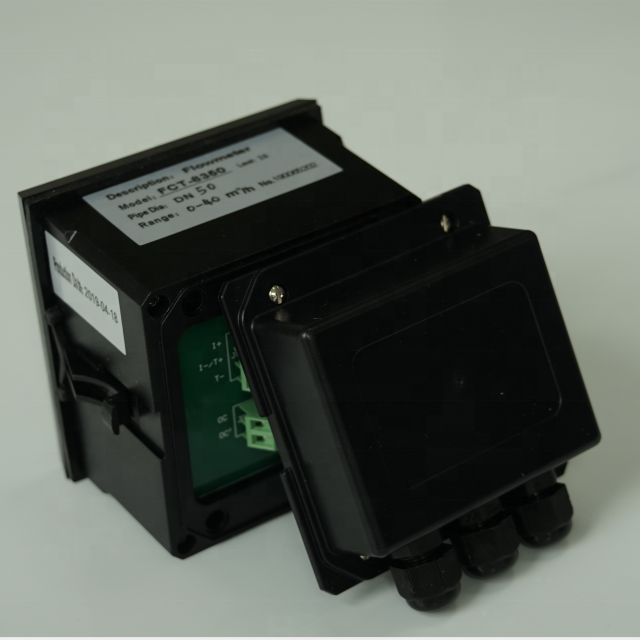
When testing your tap water for lead, it is important to follow the instructions carefully to ensure accurate results. You may need to collect a sample of water from your tap and send it to a laboratory for analysis. Alternatively, you can use a testing kit that allows you to test the water yourself at home. These kits typically involve taking a sample of water and adding a reagent that will change color if lead is present.
If the test results indicate that there is lead in your tap water, there are steps you can take to reduce your exposure. One option is to install a water filter that is certified to remove lead. These filters can be installed on your faucet or under your sink, and can effectively remove lead from your drinking water. Another option is to flush your pipes regularly by running the tap for a few minutes before using the water for drinking or cooking. This can help to reduce the amount of lead that leaches into your water from old pipes.
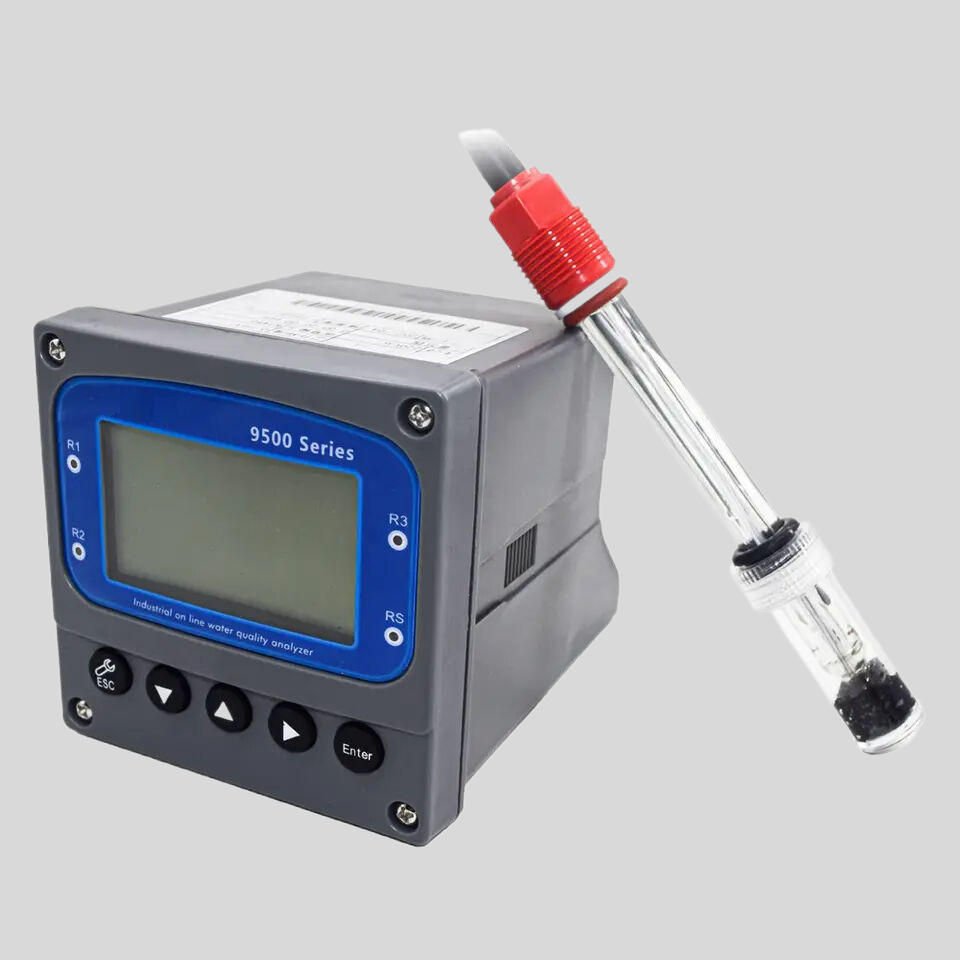
In addition to testing your tap water for lead, it is important to be aware of other sources of lead exposure in your home. Lead can also be found in paint, soil, and dust, so it is important to take steps to reduce your exposure in these areas as well. If you live in an older home, it is especially important to be vigilant about lead exposure, as older homes are more likely to have lead-based paint and plumbing.
In conclusion, lead contamination in tap water is a serious issue that can have harmful effects on your health and the health of your family. By testing your tap water for lead and taking steps to reduce your exposure, you can protect yourself and your loved ones from the dangers of lead poisoning. Remember to follow the instructions carefully when testing your water, and consider installing a water filter if lead is detected. By being proactive and informed, you can ensure that your tap water is safe to drink and protect your family from the harmful effects of lead exposure.

